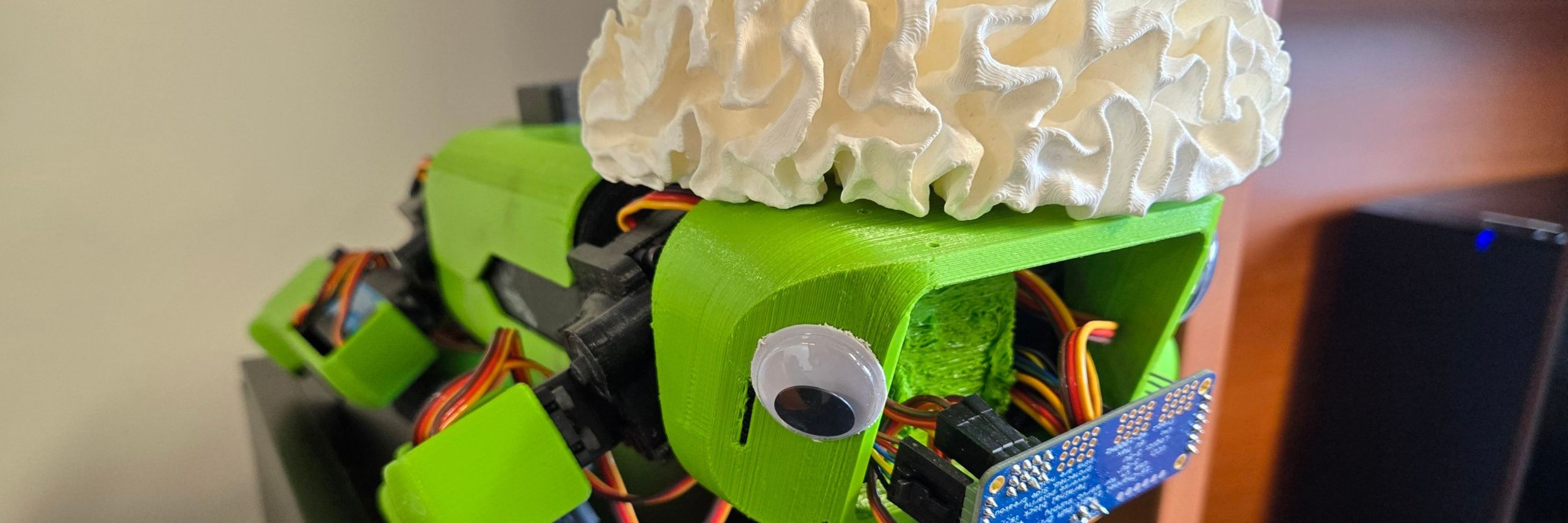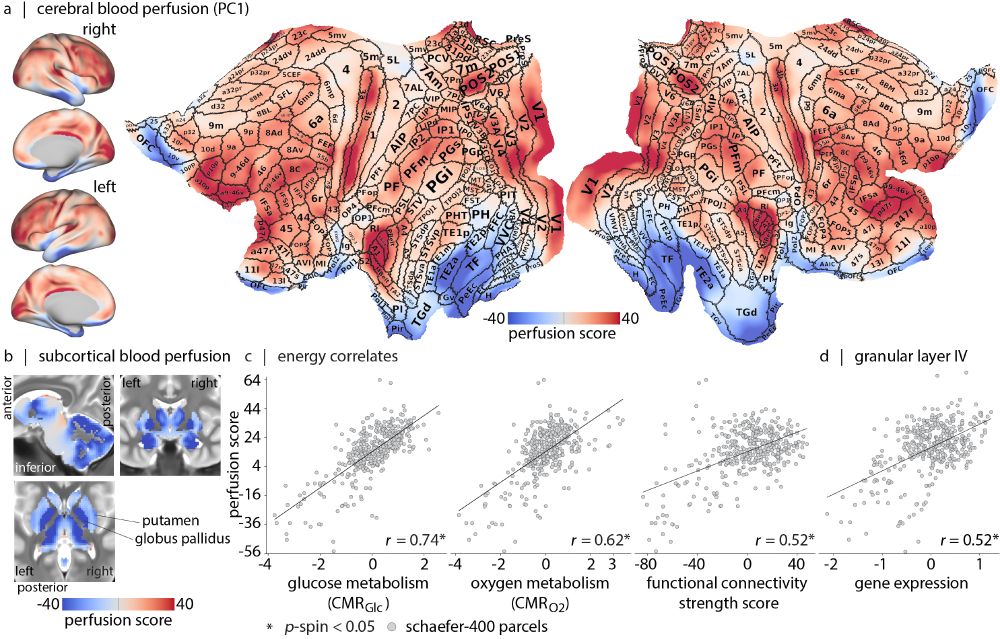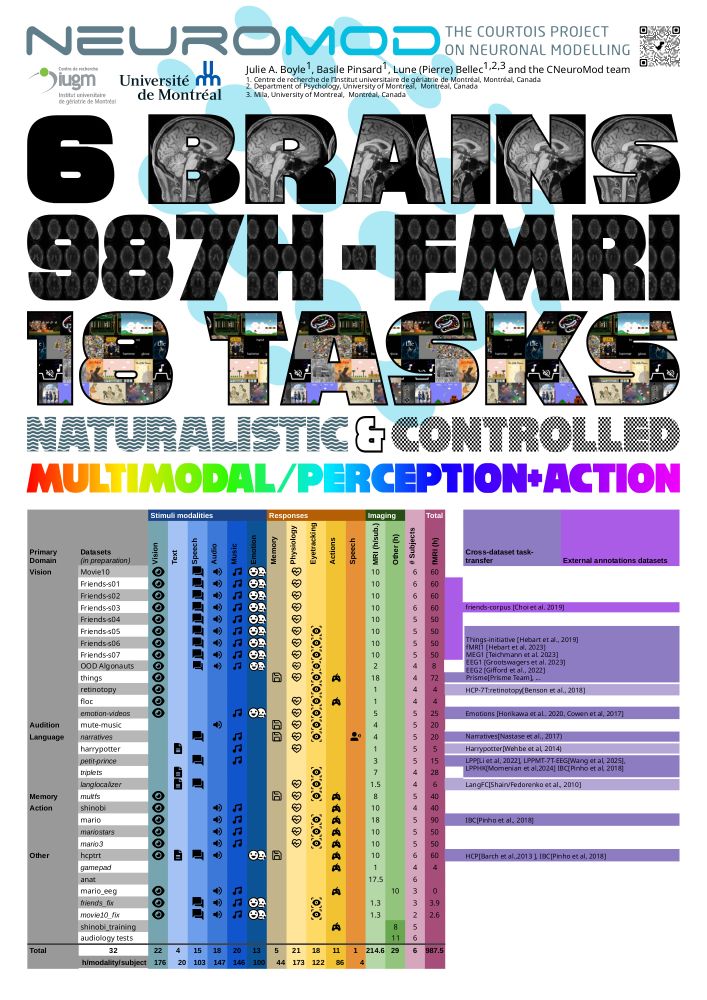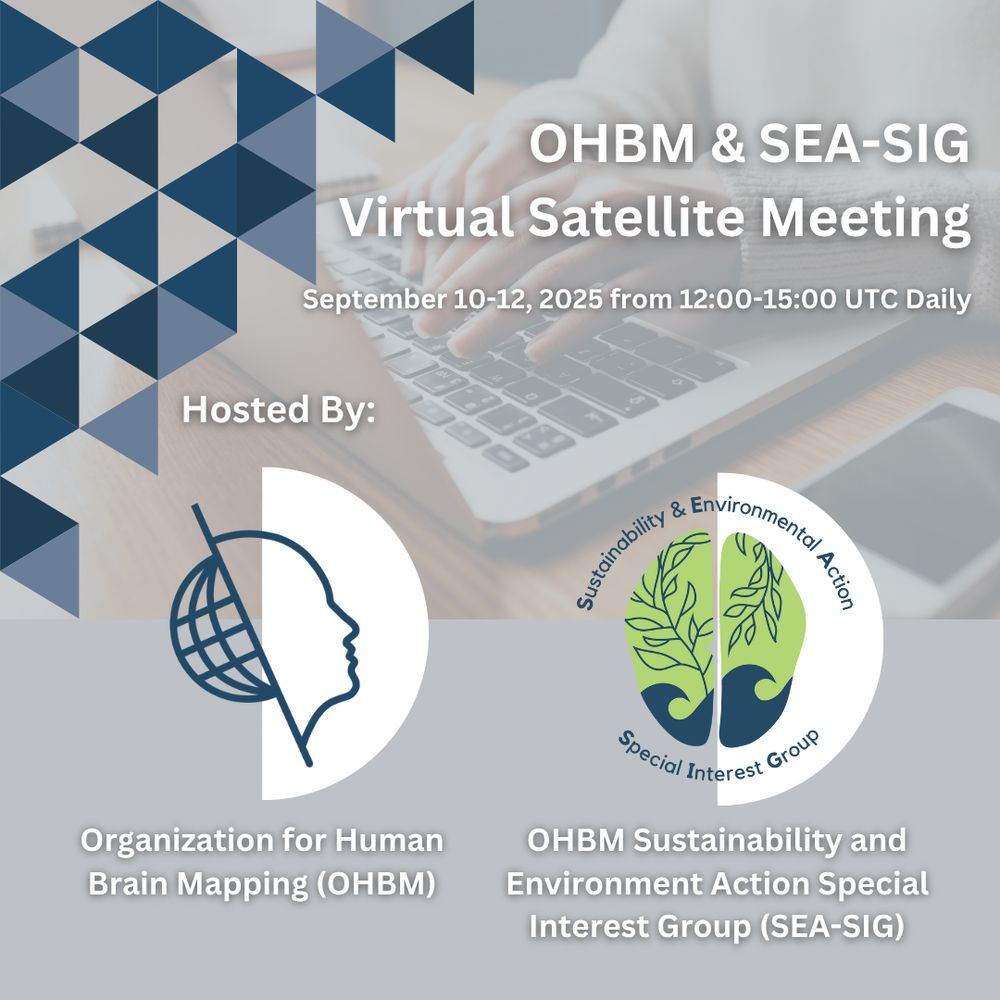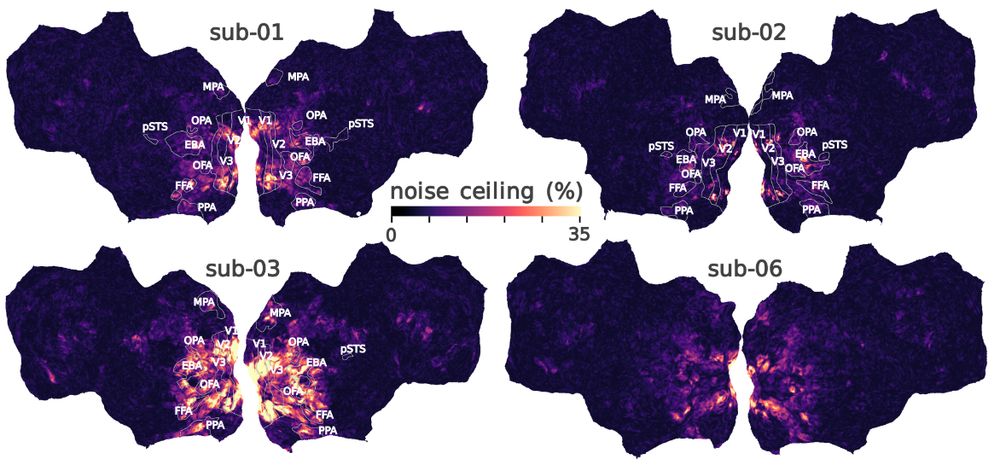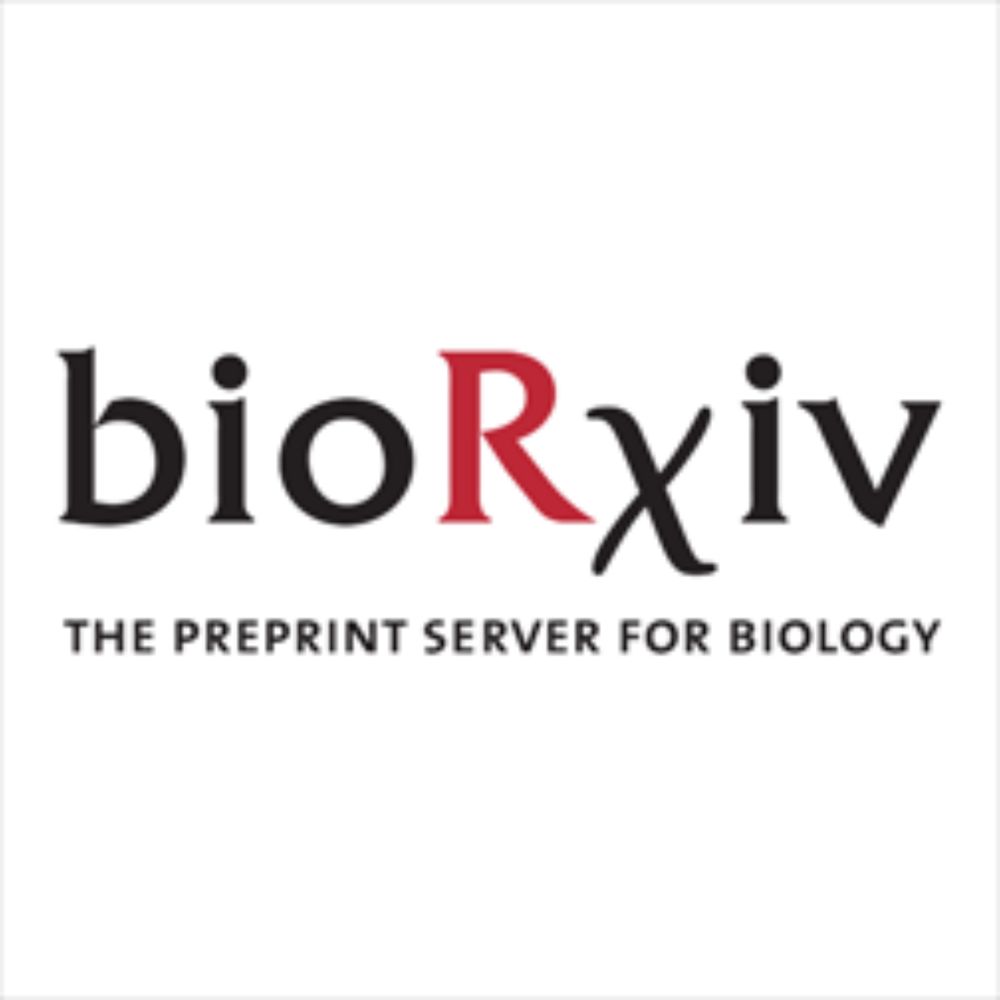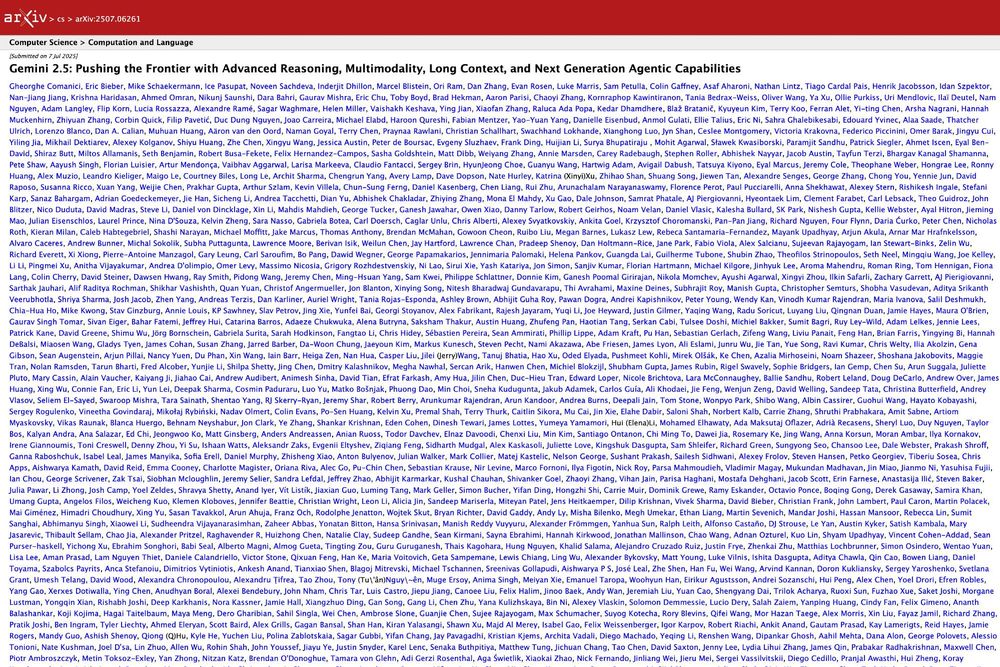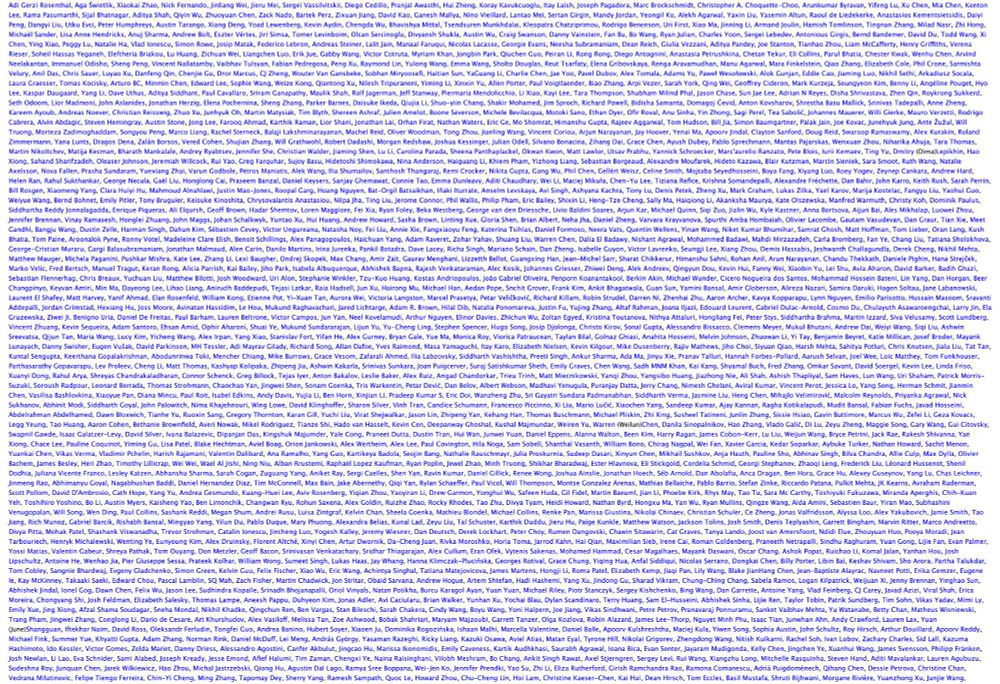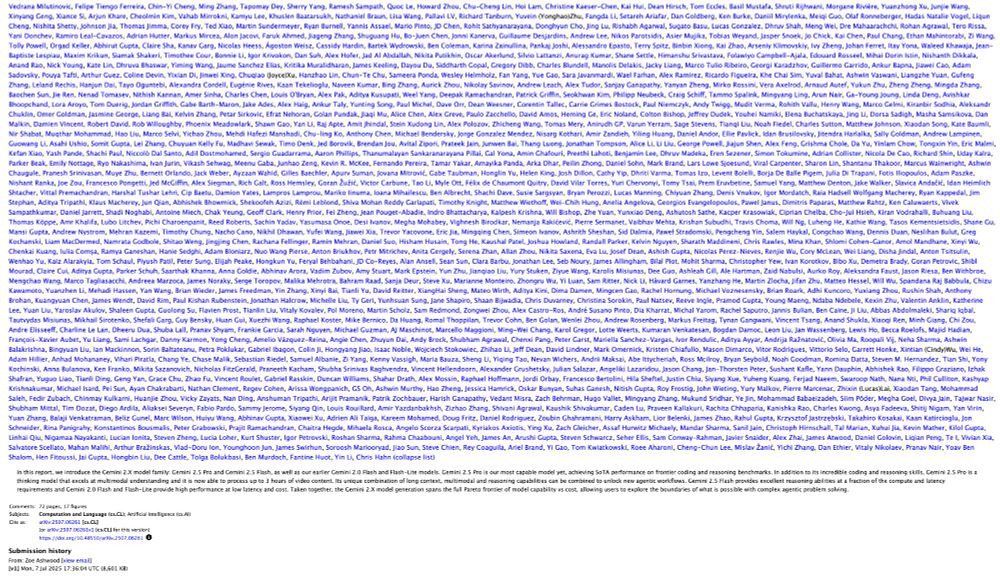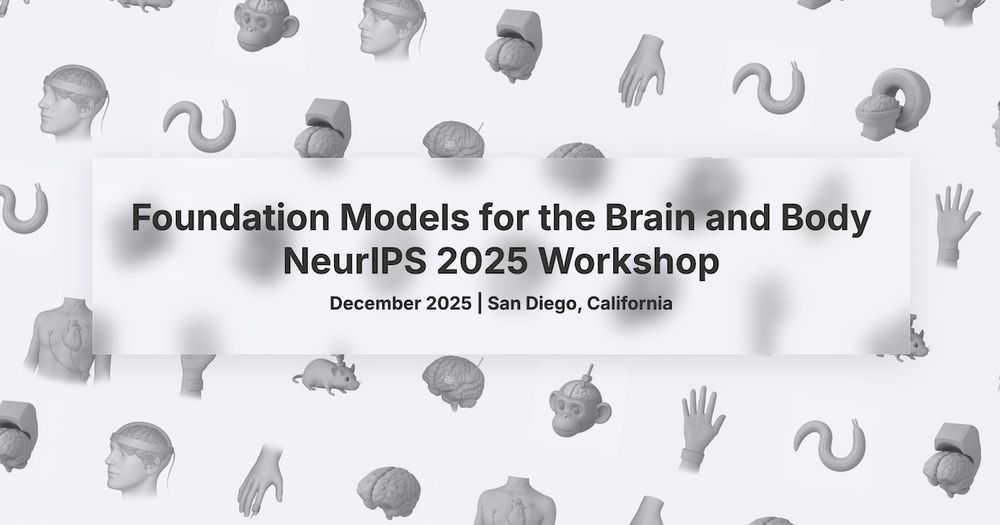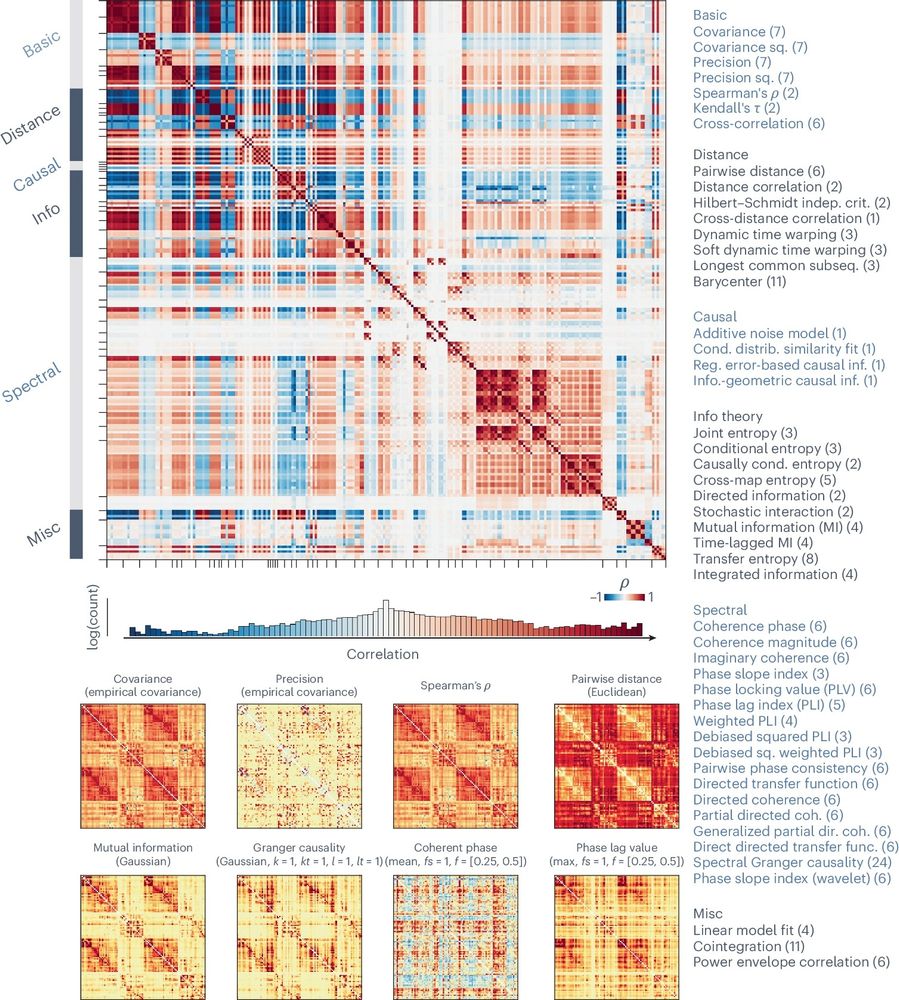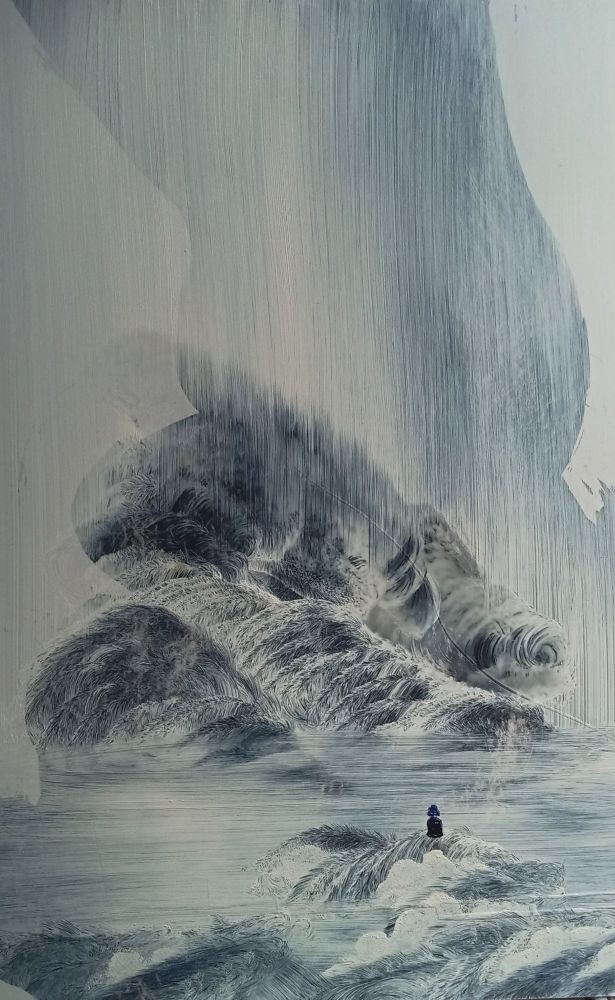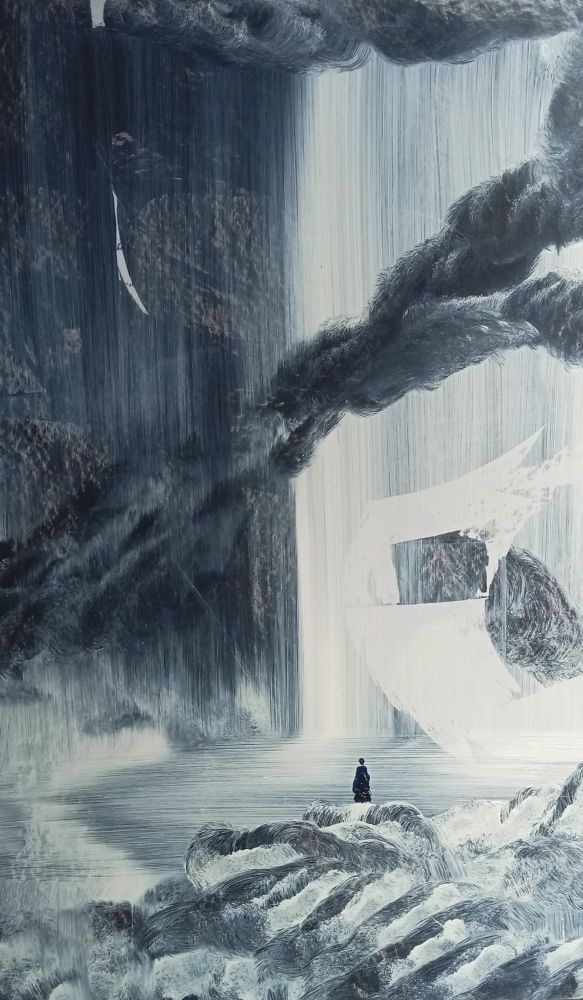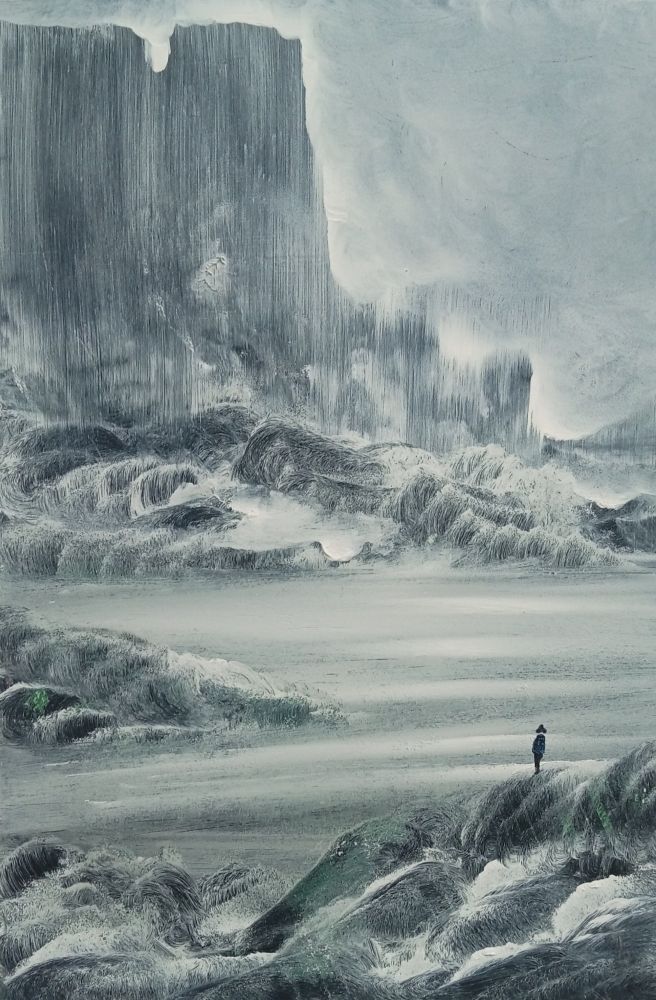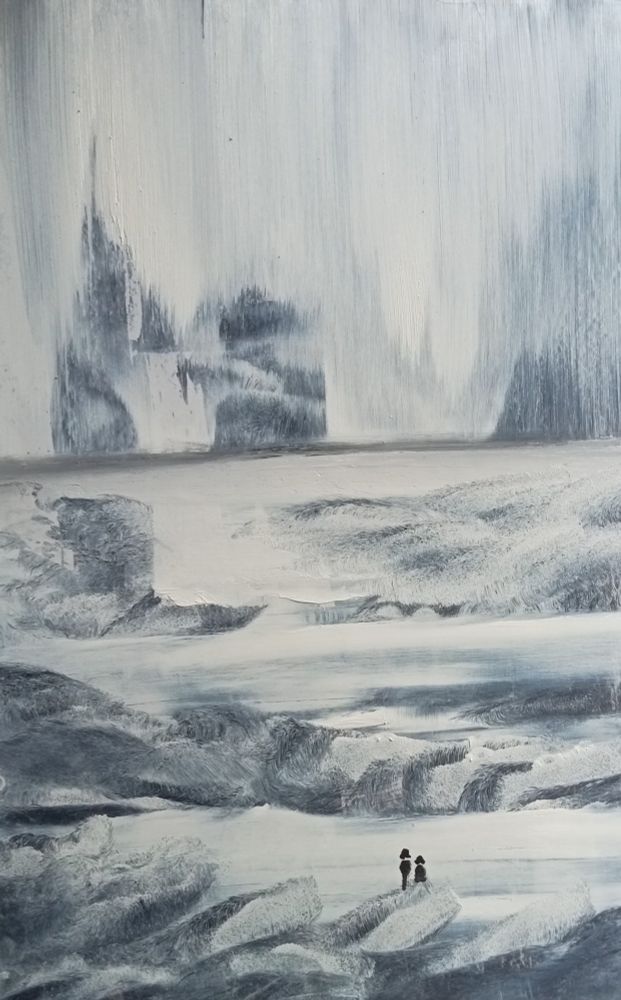🌙 Lune Bellec
@lune-bellec.bsky.social
3.4K followers
1.9K following
190 posts
🏳️🌈 🏳️⚧️ 🌈♾️ Prof in psychology at Université de Montréal. Founder of the https://cneuromod.ca project: breeding individual 🤖 to mimic individual human 🧠. Delegate for digital health at the Montreal Geriatrics Institute https://criugm.qc.ca/
Posts
Media
Videos
Starter Packs
Reposted by 🌙 Lune Bellec
🌙 Lune Bellec
@lune-bellec.bsky.social
· Aug 24
Reposted by 🌙 Lune Bellec
Reposted by 🌙 Lune Bellec
Reposted by 🌙 Lune Bellec
Reposted by 🌙 Lune Bellec
Reposted by 🌙 Lune Bellec
Reposted by 🌙 Lune Bellec
Reposted by 🌙 Lune Bellec
Reposted by 🌙 Lune Bellec
Feilong Ma
@feilong.bsky.social
· Jul 11
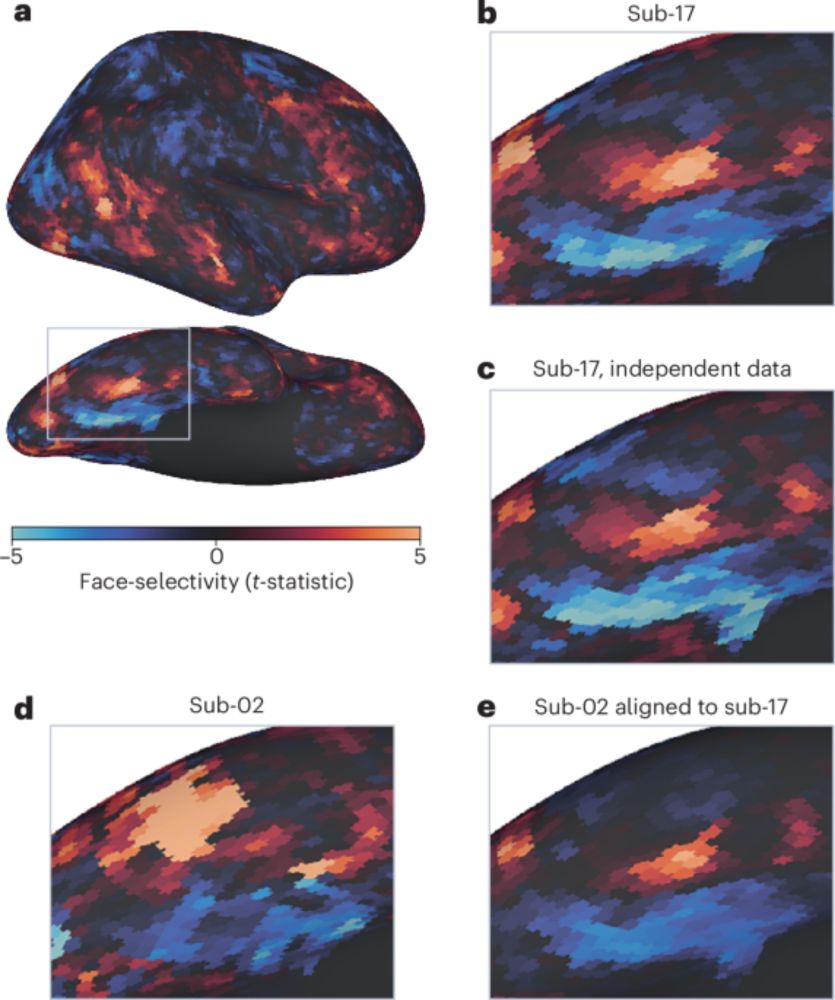
Advancing neural decoding with deep learning - Nature Computational Science
A recent study introduces a neural code conversion method that aligns brain activity across individuals without shared stimuli, using deep neural network-derived features to match stimulus content.
www.nature.com
Reposted by 🌙 Lune Bellec
Reposted by 🌙 Lune Bellec
Shahab Bakhtiari
@shahabbakht.bsky.social
· Jul 10
🌙 Lune Bellec
@lune-bellec.bsky.social
· Jun 27
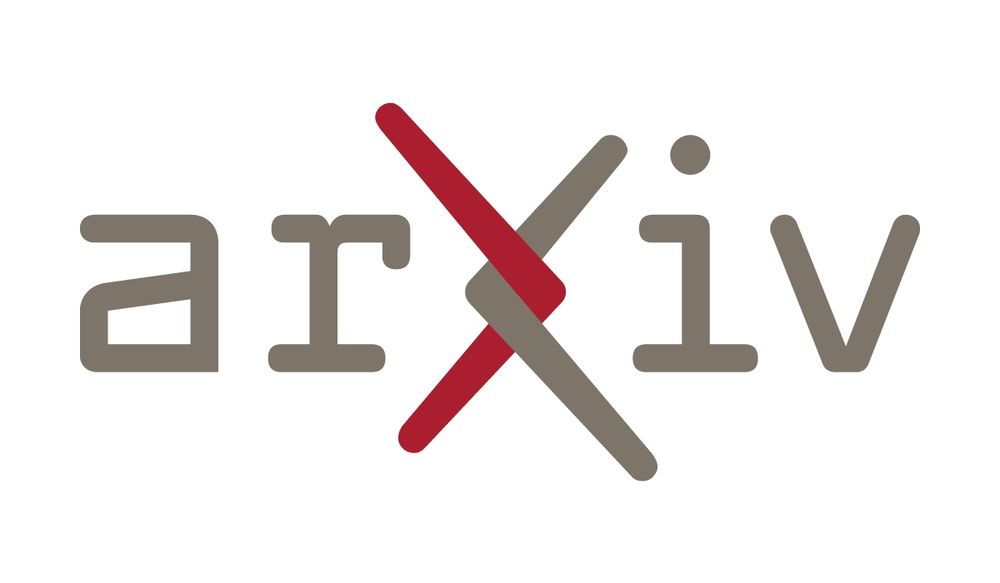
Brain2Model Transfer: Training sensory and decision models with human neural activity as a teacher
Transfer learning enhances the training of novel sensory and decision models by employing rich feature representations from large, pre-trained teacher models. Cognitive neuroscience shows that the hum...
arxiv.org
Reposted by 🌙 Lune Bellec
Reposted by 🌙 Lune Bellec
Reposted by 🌙 Lune Bellec
Reposted by 🌙 Lune Bellec
